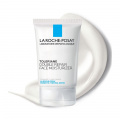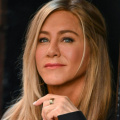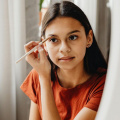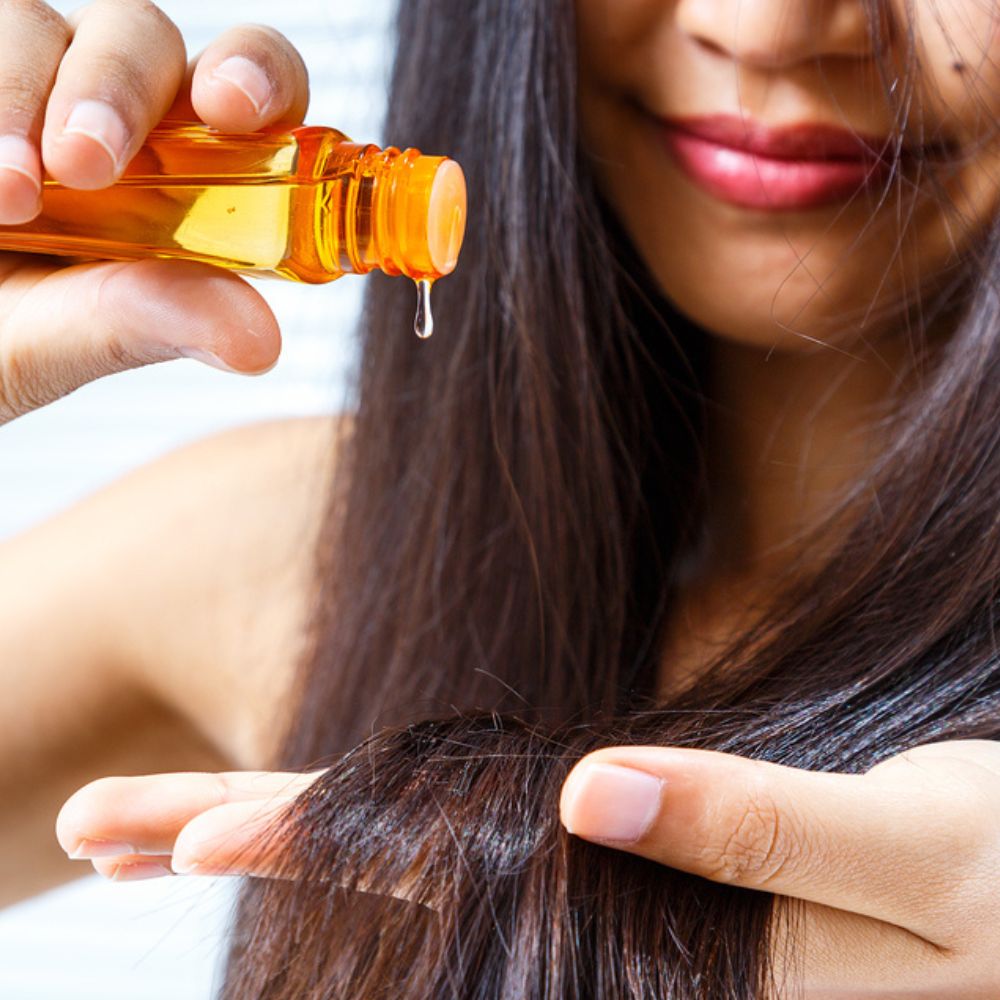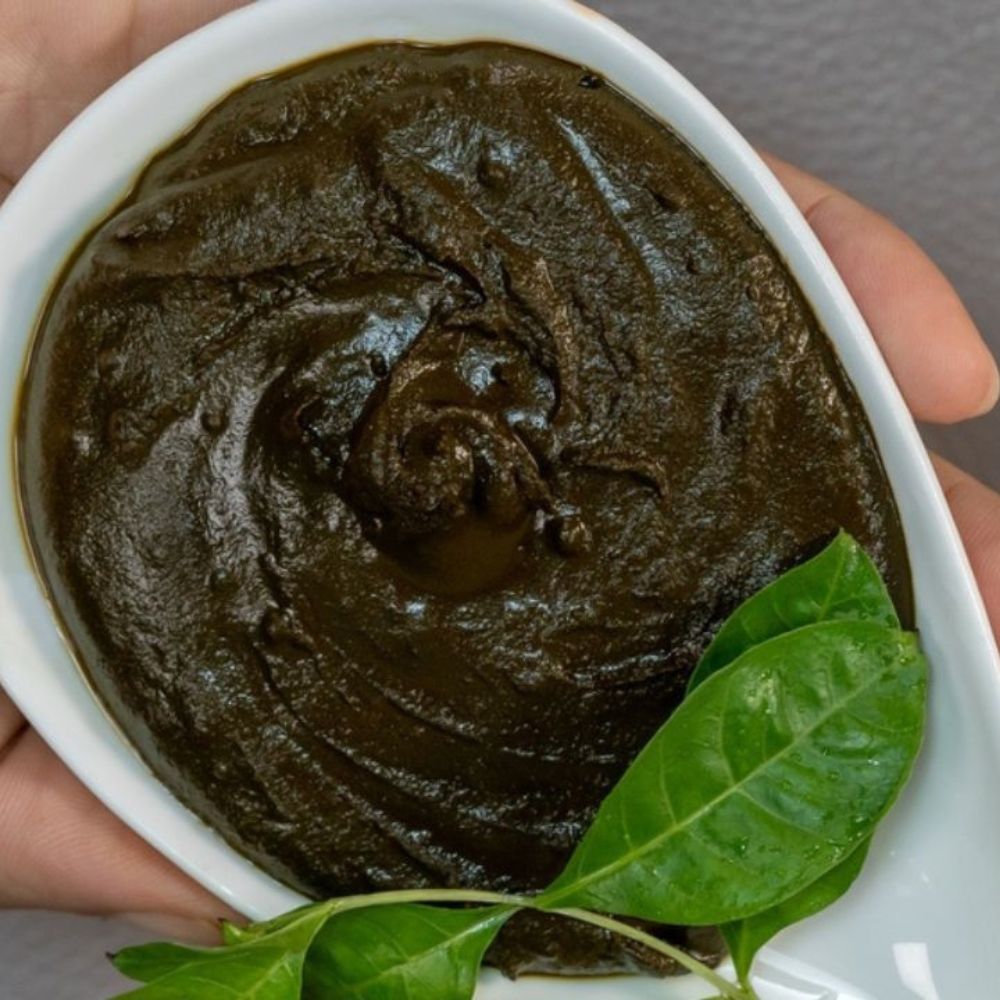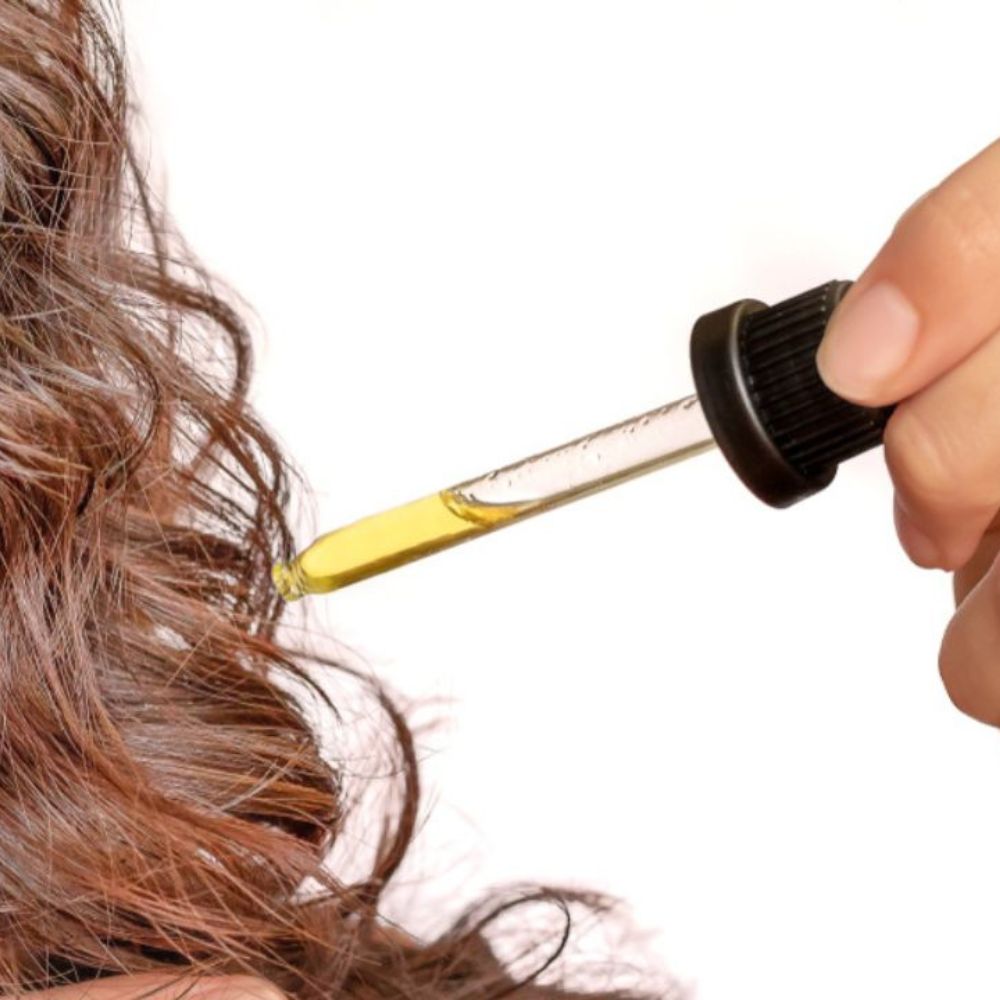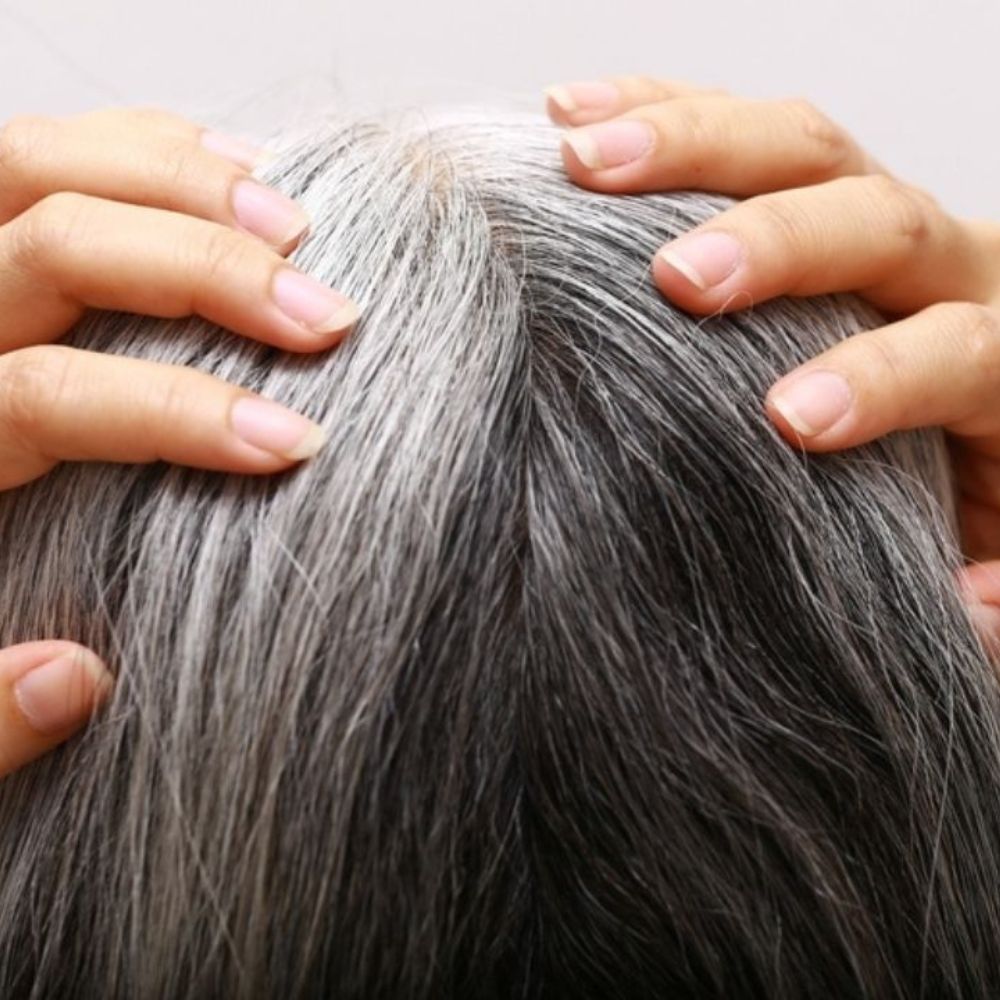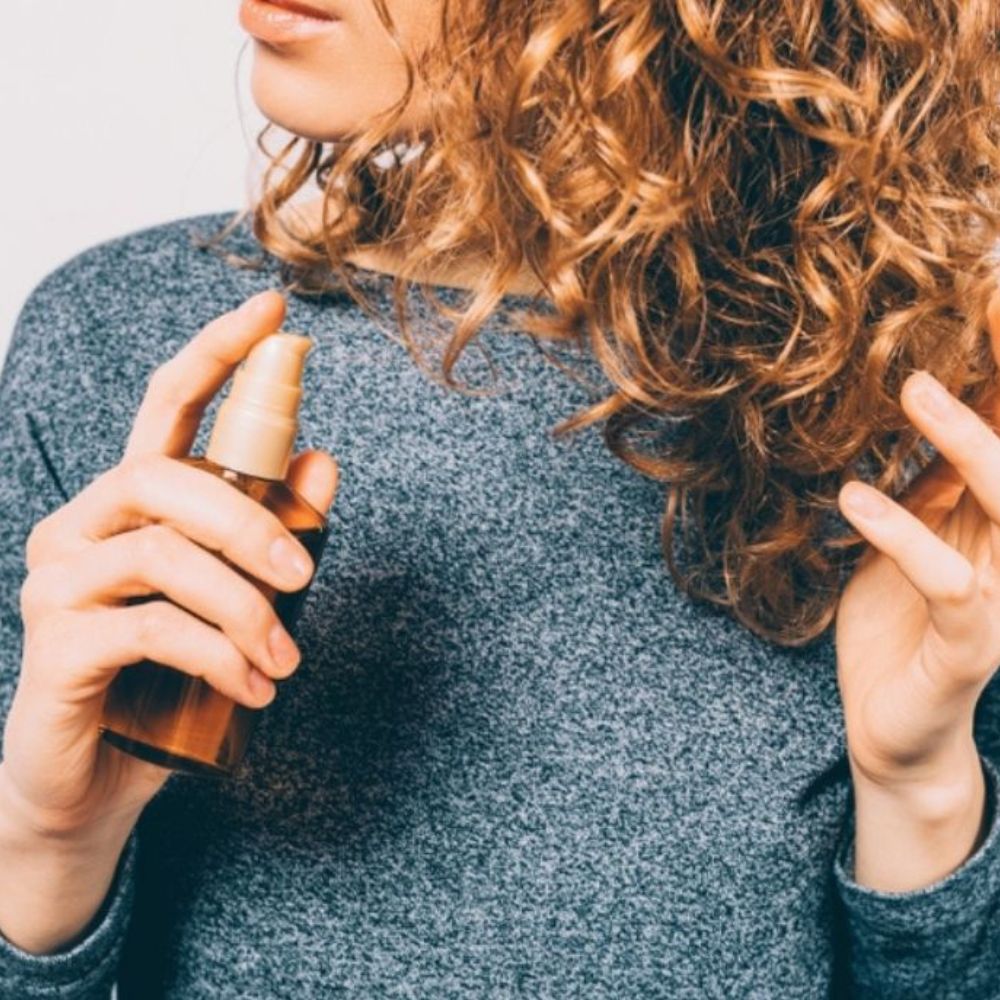Reasons Behind Eyebrow Hair Loss And What to Do About It
Eyebrow hair loss can be caused by both internal and external factors. Read on for science-backed causes, treatments, and tips to address the issue.
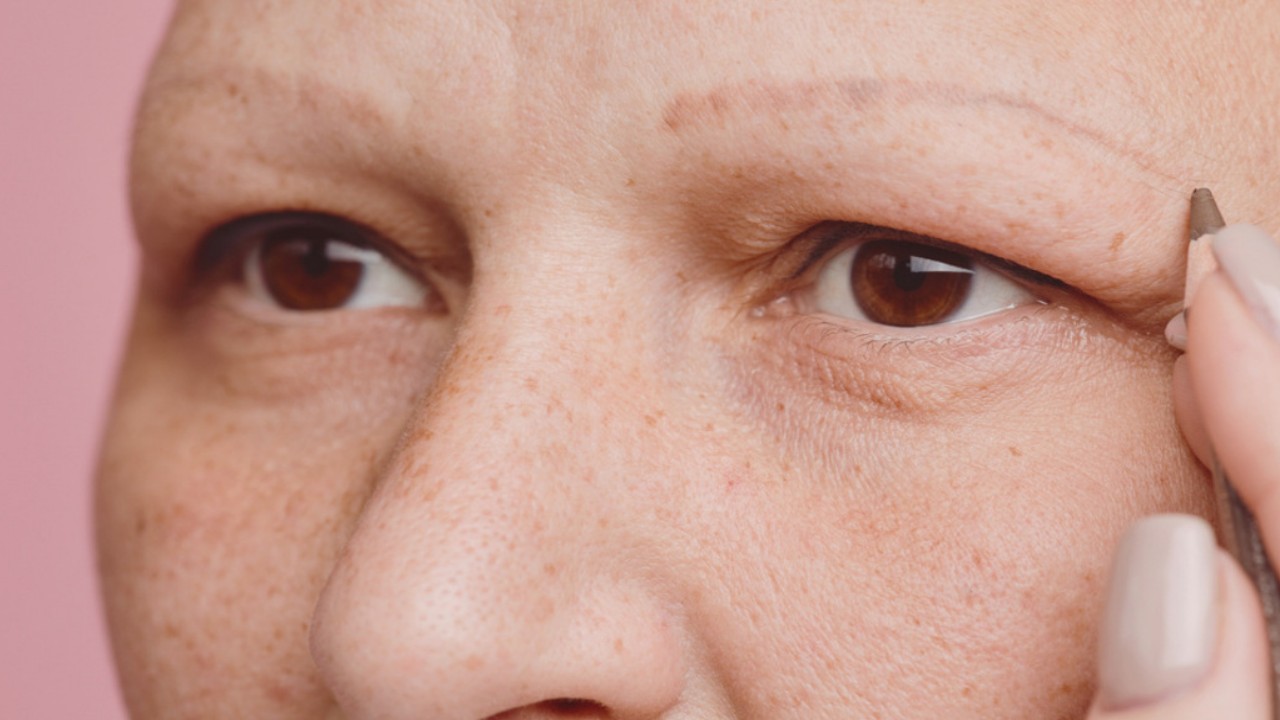
Just like hair loss on the head, one may also face eyebrow hair loss due to certain intrinsic and extrinsic factors. These conditions may vary from trivial salon mishaps like overplucking to serious medical conditions like alopecia, nutrient deficiency, stress, etc. Some of these causes may resolve themselves while the rest need medical attention from a specialist. This is why it is essential to identify the underlying conditions that may be leading to the loss of hair on your eyebrows.
People underestimate how eyebrows play an integral part in their appearance until they start thinning. This may not just affect how you look but may also hamper your mental health. Therefore, in this article, we will attempt to direct your way to find the real cause behind your problem and also offer several tips to address the same.
Why Is Your Eyebrow Hair Falling Out?

Madarosis, the condition that leads to eyebrow and eyelash hair loss, can occur for various reasons. One common cause is over-plucking or excessive waxing, which can damage hair follicles and lead to thinning eyebrows. Aging is another factor, as hair growth naturally slows down with age, resulting in sparse eyebrows for some individuals (1). Medical conditions such as alopecia areata, hypothyroidism, and skin conditions like eczema or psoriasis can also contribute to eyebrow hair loss. Additionally, stress, poor nutrition, and vitamin deficiencies can impact eyebrow hair health, leading to thinning. Identifying the underlying cause is crucial for effective treatment, and consulting a dermatologist or healthcare professional can help determine the appropriate course of action to address eyebrow hair loss and promote regrowth.
What Causes Eyebrow Loss?
Eyebrow hair loss, or eyebrow hair falling out, can occur owing to both temporary and long-term factors. Here are some common reasons why eyebrow hair may fall out:
- Over-Plucking or Waxing: One of the most common causes of eyebrow hair loss is over-plucking or excessive waxing. Repeatedly removing eyebrow hair can damage the hair follicles and lead to thinning or sparse eyebrows.
- Aging: As people age, hair growth can naturally slow down, including in the eyebrow area. This is because, with age several follicles may be damaged or start decaying, leading to a reduced occurrence of new hair growth. Moreover, there also may be certain metabolic changes that shorten the anagen or hair growth phase in elderly people. Therefore, aging can result in thinning or gaps in the eyebrows (1).
- Medical Conditions: Certain medical conditions and health issues can lead to eyebrow hair loss. These may include:
- Alopecia Areata: It is an autoimmune disorder that causes hair loss in patches. The effect of this condition on eyebrow loss can be observed as a bilateral, patchy pattern (2).
- Hypothyroidism: An underactive thyroid gland can lead to thinning hair, including the eyebrows. Although this relationship has not yet been completely established, the treatment of hypothyroidism, however, has been seen to exhibit positive results with respect to hair growth (3).
- Trichotillomania: It is a psychological condition that may be induced by trauma, where individuals compulsively pull out their own hair, including eyebrows. Clinically it can be observed as irregular, patchy hair loss of eyebrows and eyelashes with uneven, tufted, and prominently visible hair follicles (4).
- Skin Conditions: Skin conditions like eczema, psoriasis, or seborrheic dermatitis can cause the follicles to become inflamed or damaged. This may lead to loss of hair in your eyebrows and in other affected areas (2).
Advertisement - Neoplastic Conditions: The presence of abnormal cell growth or tumor (both benign and malignant) may affect follicular cells. Moreover, the body’s immune system may initiate an immune response that may damage follicles in order to kill the neoplasm. Therefore, it may lead to loss of eyebrow hair (5).
- Nutritional Deficiencies: A lack of essential nutrients, especially biotin or vitamin D, can affect hair growth, including eyebrow hair. Research on the impact of zinc on hair growth suggested that patients with zinc deficiency and Acrodermatitis enteropathica, a genetic disorder that impairs the body’s ability to absorb zinc, exhibited hair loss, even on the eyebrows and eyelashes (6).
- Stress: High levels of stress can contribute to hair loss, including eyebrows. This is because chronic stress forces hair follicles to stay at the resting phase, also called telogen, thus leading to a condition called telogen effluvium. However, stress-related hair loss is usually temporary and can be reversed with stress management techniques (7).
- Excessive Use of Makeup or Products: Using heavy makeup or eyebrow products regularly can clog hair follicles, potentially leading to hair loss over time. These products are also mostly laden with chemicals that may be harsh and damaging to the follicles which may lead to weakening and falling out of hair.
- Infections by Pathogens: Certain notorious organisms that are known to cause serious health concerns may also impact hair growth, even around the eyebrows and eyelashes. One among them is Mycobacterium leprae, which causes leprosy and leads to bilateral loss of eyebrow hair during the early onset of the disease. Another set of organisms, namely the Microsporum, Trichophyton, or Epidermophyton species may also cause ringworm infections in humans and lead to partial unilateral or bilateral hair loss (2).
- Medications: Some medications can have the side effect of hair loss, including eyebrow hair. These medications are usually targeted at killing abnormal body cells; however, due to their inability to distinguish healthy cells from problematic ones, they kill all the cells in their pathway. Therefore, these therapies may kill healthy hair follicular cells that induce hair growth.
- Chemotherapy: Cancer treatments, such as chemotherapy, can result in hair loss, including eyebrows. These instances of alopecia can be mostly reversed after the treatment stops. However, in around 5% of the cases, the effects may be permanent (8).
- Radiotherapy: It is another treatment used for inhibiting and killing tumor cells. This therapy induces hair loss by affecting it in the anagen phase. Although usually reversible, a high dosage of radio frequency may induce permanent hair loss effects in patients (8).
- Genetics: Genetics plays a role in hair thickness and density. If your family has a history of thin eyebrows, you may be more prone to this condition. Moreover, an X-linked genetic disorder called keratosis follicularis spinulosa decalvans (KFSD) gives rise to two skin concerns, namely follicular hyperkeratosis and scarring alopecia. These cause the sparsing of hair on the eyebrows, eyelashes, and head. There are many other genetic disorders such as Ectodermal dysplasia, Vogt–Koyanagi–Harada (VKH) disease, Lamellar ichthyosis, etc. that also may trigger eyebrow hair loss (2).
How to Stop Hair Loss And Get Your Eyebrows Back?

Treating eyebrow hair loss and witnessing visible regrowth can be a time-consuming procedure that may also be extremely challenging. Although there are several strategies and treatments available, investigating the reasons behind hair loss will help you address the concerns better. Here are some guidelines on household treatments and lifestyle changes you may employ to help resolve your issues:
- Identify the Underlying Cause: Consult a dermatologist or healthcare professional to determine the cause of your eyebrow hair loss. Identifying the underlying issue is crucial for effective treatment.
- Treat Underlying Medical Conditions: If your eyebrow hair loss is due to an underlying medical condition, such as alopecia areata, hypothyroidism, or a skin condition, follow your doctor's treatment plan to manage the condition.
- Discontinue Harmful Habits: If over-plucking, waxing, or excessive use of makeup products contributes to eyebrow hair loss, discontinue these habits to allow your eyebrows to recover.
- Reduce Stress: Practice stress management techniques such as meditation, yoga, or deep breathing exercises to reduce stress-related hair loss.
- Nutritional Supplements: Ensure you have a well-balanced diet with adequate nutrients for hair growth. Consider taking supplements like biotin, vitamin D, and omega-3 fatty acids, but consult a healthcare professional before starting any new supplements (9).
- Topical Treatments: Minoxidil or Rogain, a topical over-the-counter hair growth treatment, may be effective for some individuals when applied to the eyebrows (10). Consult a dermatologist before using it on your eyebrows.
- Prescription Medications: In some cases, your doctor may prescribe medications like corticosteroids or immunosuppressants to treat conditions like alopecia areata or other autoimmune disorders (11).
- Platelet-Rich Plasma (PRP) Therapy: PRP therapy involves using your own platelet-rich plasma to stimulate hair follicles and encourage hair regrowth (12). It's a minimally invasive procedure that can be used for eyebrow regrowth.
- Eyebrow Serums: Some over-the-counter eyebrow serums contain peptides and botanical ingredients that claim to promote eyebrow hair growth. While results vary, they may be worth trying.
- Microblading or Eyebrow Tattoos: If other methods fail to restore your eyebrows, you may consider microblading or eyebrow tattoos to create the appearance of fuller eyebrows. These are semi-permanent solutions and should be done by a trained professional (13).
- Proper Eyebrow Care: Avoid aggressive eyebrow grooming, and be gentle when applying makeup or products to your eyebrows. Use a soft brush or comb to prevent further damage.
- Patience: Remember that hair growth takes time, and results may not be immediate. Be patient and consistent with your chosen treatment method.
Other than several lifestyle changes, most of the above treatments will require expert guidance from a healthcare professional, dermatologist, or skin esthetician. Therefore, before starting any treatment for eyebrow hair loss undergo a proper diagnosis and consideration. Only after that, your doctor will suggest a suitable treatment plan based on the underlying cause of your hair loss.
Conclusion:
Eyebrow hair loss may occur due to a superficial concern that may be easily reversible or due to some serious health issues that may even impair other functional organs and taking this concern lightly may not be appropriate. Therefore, here we discussed several different reasons why you may be experiencing hair thinning or patchiness in the growth of your eyebrow hair. These concerns may be external like an infection caused by a pathogen, hereditary, or internal health issues like deficiencies or autoimmune disorders or medications. Understanding these reasons will help you identify the real reason behind your concerns and provide you with better treatment guidance. However, self-diagnosis may help prevent some concerns, so it is recommended to consult an expert to truly find a solution to your issues.
ALSO READ: Eyelash Dandruff: Causes, Symptoms, And Treatment





 JOIN OUR WHATSAPP CHANNEL
JOIN OUR WHATSAPP CHANNEL






































